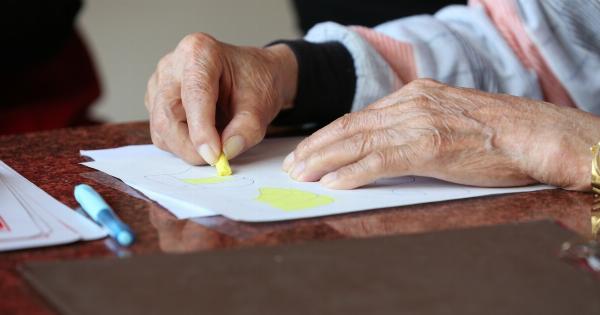Rheumatoid arthritis, commonly known as RA, is an autoimmune disorder that can cause debilitating pain, stiffness, and inflammation, particularly in the joints.
According to the Arthritis Foundation, approximately 1.5 million people in the United States are living with RA, and it affects women three times more often than men.
The Challenges of Living with RA
RA can present a variety of challenges and difficulties for those who live with it. One of the main challenges is the chronic pain that comes with this condition.
Many people with RA experience constant discomfort and aching, particularly in areas such as the hands, wrists, feet, and knees. This pain can be exacerbated by certain movements or activities, making it difficult to maintain an active lifestyle.
In addition to pain, RA can also cause stiffness in the joints, making everyday activities like getting dressed or cooking meals more difficult. This can be especially frustrating for people who were previously very active and independent.
RA can also cause fatigue, which can make it difficult to keep up with responsibilities at work and home. Additionally, many people with RA experience depression and anxiety, which can further impact their quality of life.
Accepting and Coping with RA
Living with RA can be challenging, but there are strategies that can help people cope with their condition and improve their overall well-being.
One of the most important things is to accept the condition and learn to work with it instead of against it.
This can involve making small lifestyle changes, such as adjusting one’s work schedule or engaging in gentle exercise activities like yoga or swimming.
It may also involve making changes to one’s diet or engaging in stress-reduction techniques like meditation or deep breathing exercises.
Getting support from friends, family members, and medical professionals is also crucial for people with RA. Joining a local support group or seeking out online resources can help people feel less isolated and more empowered to manage their condition.
Treatment Options for RA
There is no cure for RA, but there are a variety of treatment options available to manage symptoms and slow the progression of the disease.
One of the most common treatments is medication, including nonsteroidal anti-inflammatory drugs (NSAIDs), disease-modifying antirheumatic drugs (DMARDs), and biologic agents.
In addition to medication, physical therapy can be helpful for people with RA. A physical therapist can create an individualized exercise program that can help improve joint mobility, strength, and flexibility.
Surgery may also be an option for some people with RA, particularly if the disease has caused irreversible damage to a particular joint. Joint replacement surgery can be very effective in improving mobility and reducing pain.
Final Thoughts
Living with RA can be a difficult and challenging experience, but with the right strategies and support, people with this condition can still live full and active lives.
By accepting their condition and making lifestyle adjustments as needed, people with RA can find relief from pain and fatigue and enjoy a higher quality of life overall.






























